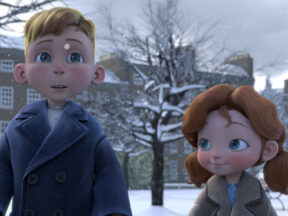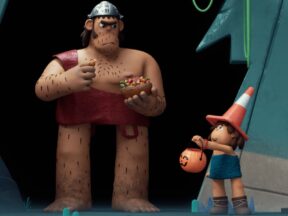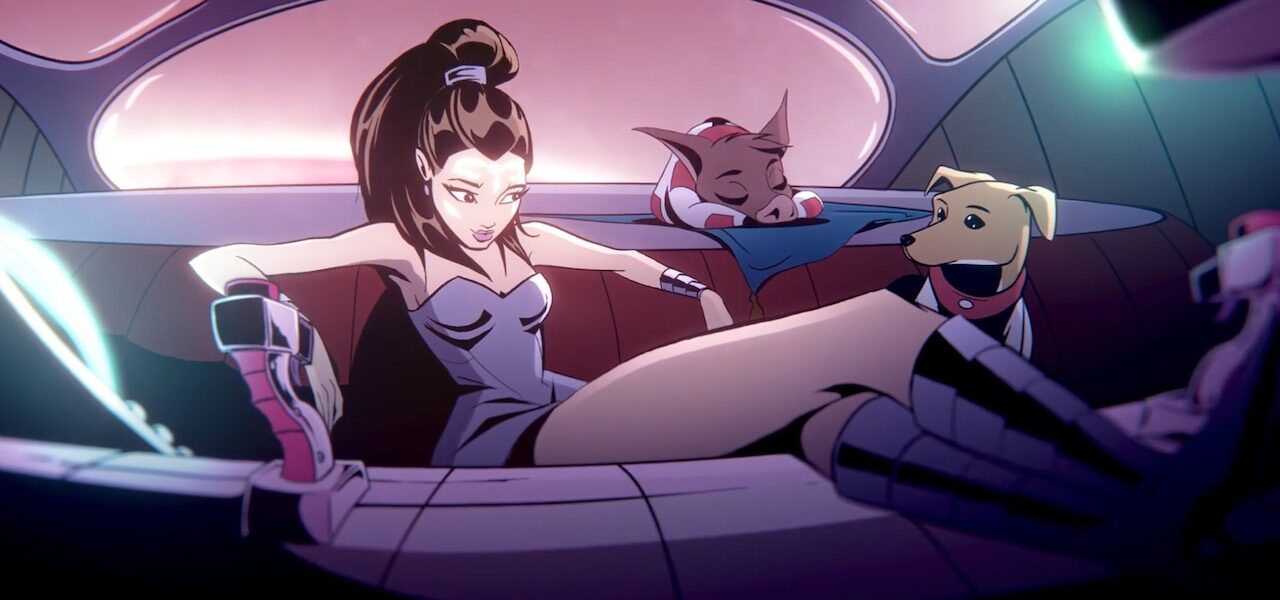
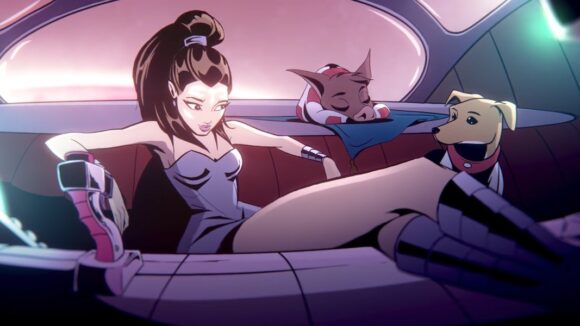
Tools Of The Trade: Olivier Lescot on Adobe After Effects
Welcome to Tools Of The Trade, a series in which industry artists and filmmakers speak about their preferred tool on a recent project — be it a digital or physical tool, new or old, deluxe or dirt-cheap.
Our guest this week is Olivier Lescot, an animation director at the Parisian production studio Eddy. He has directed music videos for the likes of Breakbot and Christian Rich; other clients include Ubisoft and Roland Garros. Below, Lescot speaks to us about his use of Adobe After Effects in his work generally, and particularly in his recent commercial for Ariana Grande’s R.E.M. fragrance. Over to Lescot:
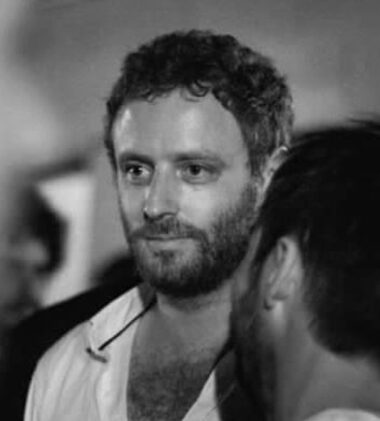
I don’t use a lot of tools, but the most emblematic tool I used for Ariana’s ad is Adobe After Effects. A few years ago, I made a tennis animation that I called “Relativity,” in which the camera movement is completely animated in 2d (including the scenery) and where each element moves in relation to the other. To build this shot, I started with the animation of the characters, which is the core of my process. Usually, to make camera movements in animation, we start with a 3d camera in which we integrate the characters, but this technique is often limiting: the movement loses energy and feels flat and scholarly.
By starting with the animation of the character, we make sure the movement will be the one we want. Only when that works do we add the elements of the scenery around the main animation. These enhance the sense of 3d space in the shot by establishing references for different depths of field.
This is where After Effects comes in: it lets us create the 3d camera movements from flat, drawn elements. As the character is often in the foreground, I draw it to create a sense of volume and the illusion of being in a 3d space. Thus we don’t have to modify the angle of the distant elements — we can simply move them and distort them a little, and that’s usually enough to create the desired effect.
It requires a lot of compositing work, because the compositing artist has to place the background elements and their camera in relation to the character’s animation. They rarely have more than just the elements created for the frame and the angle chosen. Ideally, the character’s animator creates a perspective marker for the background which is then used to set the different elements in After Effects. You always adjust a little by eye to get the best possible result. If it works at the rough animation stage, your shot is almost done.
In general, we can either use a 3d camera in a set that we control to make it move in relation to the character, or we move the elements of the set “by hand” and pose by pose, when these are more subtle or less linear movements.
It’s a very smooth and organic way to create stylish camera movements, even when you don’t have all the heavy artillery on a project. After Effects is powerful enough to bring a drawing to life, as long as you have a good framing. It’s quite simple to add a 3d camera movement — even a slight one, which will be enough to give life and the illusion of a 3d space.


I find that the creation of volumes and the illusion of a 3d space facilitate the immersion of the spectator. This is the directing style that I like. We try to remain coherent and adapt to the needs of different projects.
For the Ariana Grande movie we were quite limited by time, but After Effects helped us to embody this universe, especially in the space shots and the fight scenes.
Usually, the compositing artists I work with have different ways of approaching shots. Some bring out the big experimental artillery, while others have less technical methods but a better feeling for movement.
On this project, the cartoon style allowed us to choose a lighter treatment that enabled us to work quickly. We were able to use After Effects and mess around with it to get the shots right rather than spreading on technique, except for a few demanding shots.
The second strong advantage of After Effects for me is the possibility to work on the lights, the moods, and to give depth and volume to the shots — all the things that help establish the overall feel of the film.
I think that the coherence of the light source gives the viewer an unconscious reference point and supports the credibility of the world in question, even if it’s an unrealistic world.
All of these steps need to be thought out from the start. For example, in some shots, I planned not to frame the full body or tested the work-in-progress elements to see if everything worked. This process often allows for a little bit of flexibility: during the production, if we see that modifying some elements makes the shot work better, we have the freedom to do it. If we had to create the film exactly as we planned, it would be a bit boring for us and maybe also for the viewer; more importantly, you’d never learn what the film is trying to teach you.
The digital image has allowed for more flexibility in the production chain, so I like to give myself some leeway, which After Effects helps me to have.
Let’s take the first shot of the movie as an example. I had a rough animation and I imagined a slight camera movement in it. This resulted in a spatialized scene. Olivier Kimyon, a compositing artist with whom I work regularly, had fun with the camera, and created a much larger movement than initially planned. We kept it because it really gave the feeling of being in space. It was exactly right for the shot. It makes us feel weightless and a little lost in space.

Of course, you can’t go around objects like crazy, but you keep the intention of the shot and at the same time you try things. The economy of means in animation is very important, and making an advertising project from scratch in two months is totally different from having a lot of time to refine each step.
Both approaches are interesting, but as production deadlines are very tight, you often have to find quick and smooth ways of doing things. After Effects helps me a lot in this process.
I think the viewer intuitively realizes how things are done, whether the process is heavy or not, and that’s part of the fun of watching the film. For me, the goal is to make something vibrant with life, in which the pleasure the team had while making the film is felt by the viewer.
Credits
Client: Ariana Grande
Agency: Collaborate UK
Directed by Olivier Lescot
Produced by Eddy
Animated at Brunch Studio
Executive producer: Emilie Walmsley
Producer: Camille Principiano
Assistant director: Brice Smith
Storyboard: Olivier Lescot
Character Design: Jonathan Djob Nkondo, Simon Duong, Olivier Lescot
Backgrounds: Fabio Besse, Romy Yao, Anne Raffin
Music & sound design: Attention O Chiens (AOC)
Post-Production: Nightshift

.png)
